I’m sipping on a Greek coffee, one with a color matching the copper pot containing it. Across the way I observe the typical Greek elder. Dressed in all blue, he encourages each passing tourist to stop in on the neighboring textile shop, like a billboard that has truly come to life. He doesn’t seem to work there. The shop owner could just be a friend. Regardless, he takes a seat on a wooden chair to advertise Halki’s treasures as I take a sip of strong coffee.
Halki is a perplexing place for its location. Its atmosphere would have you believe it is buried in the heart of Naxos, away from monstrous ferries chugging into port and tacky tourist stands. And yet, the mountain village is only a 20-minute drive from the island’s main town of Hora. Down the town’s quiet streets, Halki lends the illusion of being utterly disconnected.
Halki was once the reigning king of the isle. The town was not just the island’s capital, but also its trading center up until the mid 20th century. As a testament to Halki’s past wealth and power, its architecture remains, mostly in neoclassical and crumbling fashion.
Post coffee jolt, I head for Halki’s main square, but my nose takes a detour. A local taverna grills meat out in the middle of the town. Again, Halki has billboards of a more personal and fragrant variety. There are no smoke and mirrors in this former capital. What you see is what you eat.
Halki is known for producing Naxos’ local liqueur. The Vallindras Distillery in the center of town keeps up a tradition that began in 1896. The oldest distillery on the island produces kitron, made from the citron tree. The leaves of the citron tree are placed in a boiler on low heat with alcohol and water sprinkled in for good measure and strength.
Believed to have medicinal properties, kitron is a green color that doesn’t appear to be found in nature. While deceiving in that you could in fact be throwing back mouthwash, its taste bears no similarity. Kitron’s different colors represent the different strengths of the liqueur with green oddly being the tamest. You can tour the small rooms of the Vallindras Distillery free of charge and even sample the over 100-year-old recipe first hand.
While too early for grilled meat and hard liqueur, it is never too soon for shopping in Halki. With dozens of small handicraft operations, I enter one of the most famous, Fish and Olive Creations. Artists Katharina Bolesch and Alexander Reichardt produce acclaimed pottery and jewelry on the island. The shop features creations with ancient themes and symbols of the Mediterranean world, namely the olive and the fish.
I pick up a small dish with an olive branch incorporated into its design. This piece of Halki sits on my coffee table, forever linking me to that place that appears to lack a link to anywhere else.
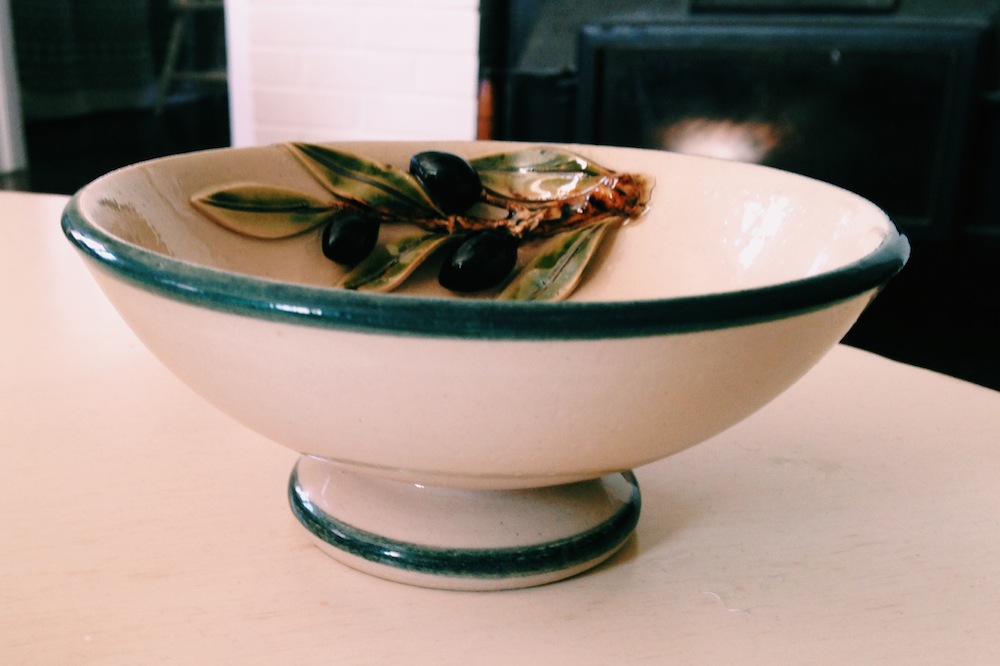
Processed with VSCOcam with c1 preset
Halki resides in the Tragaea region, meaning “the triangle”. The area was often referred to in ancient Greece by the name Drimalias, meaning, “the forest of olive trees”. As the olive tends to symbolize victory and conclusion, I find myself at peace in Naxos’ heart, as it should be. Halki has lost me in its illusion that the shores are faraway. Upon my exit from town after a few minutes drive, the mountains part and I spot more peace up the road, the sea.
Have you been to Halki?

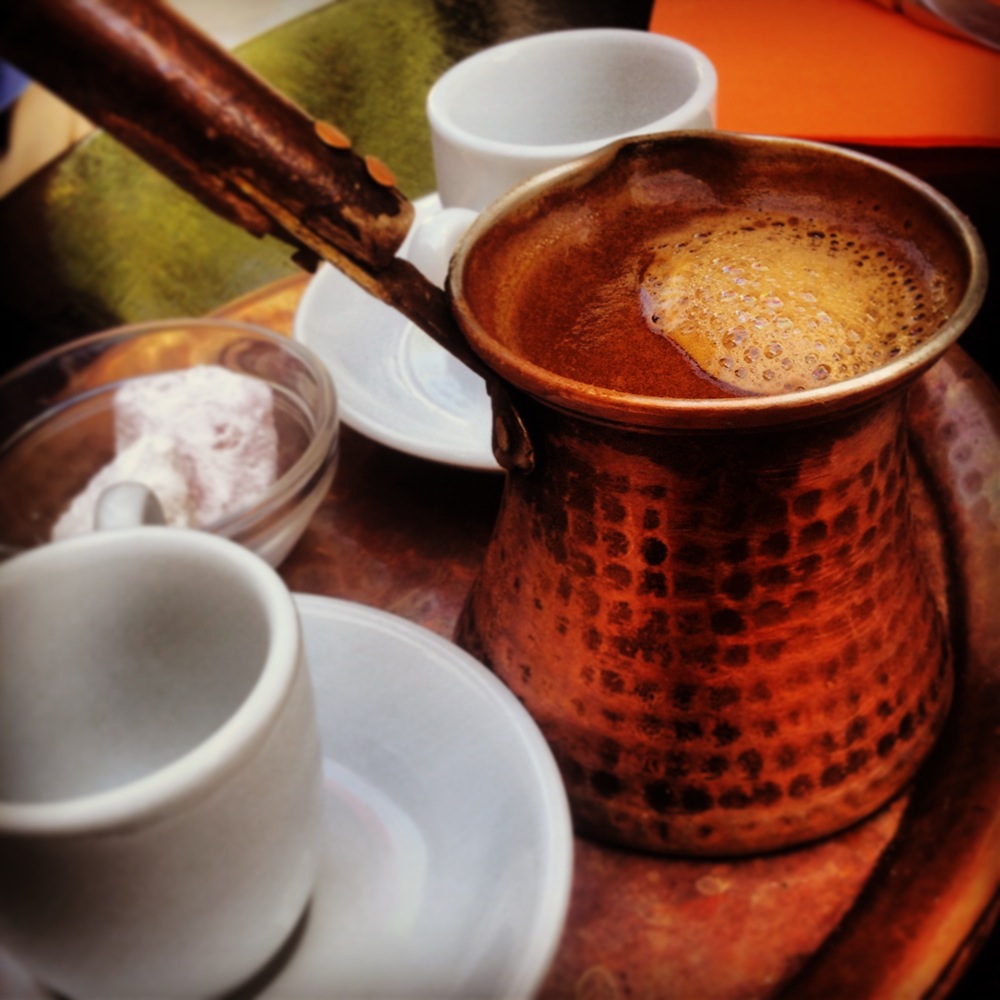
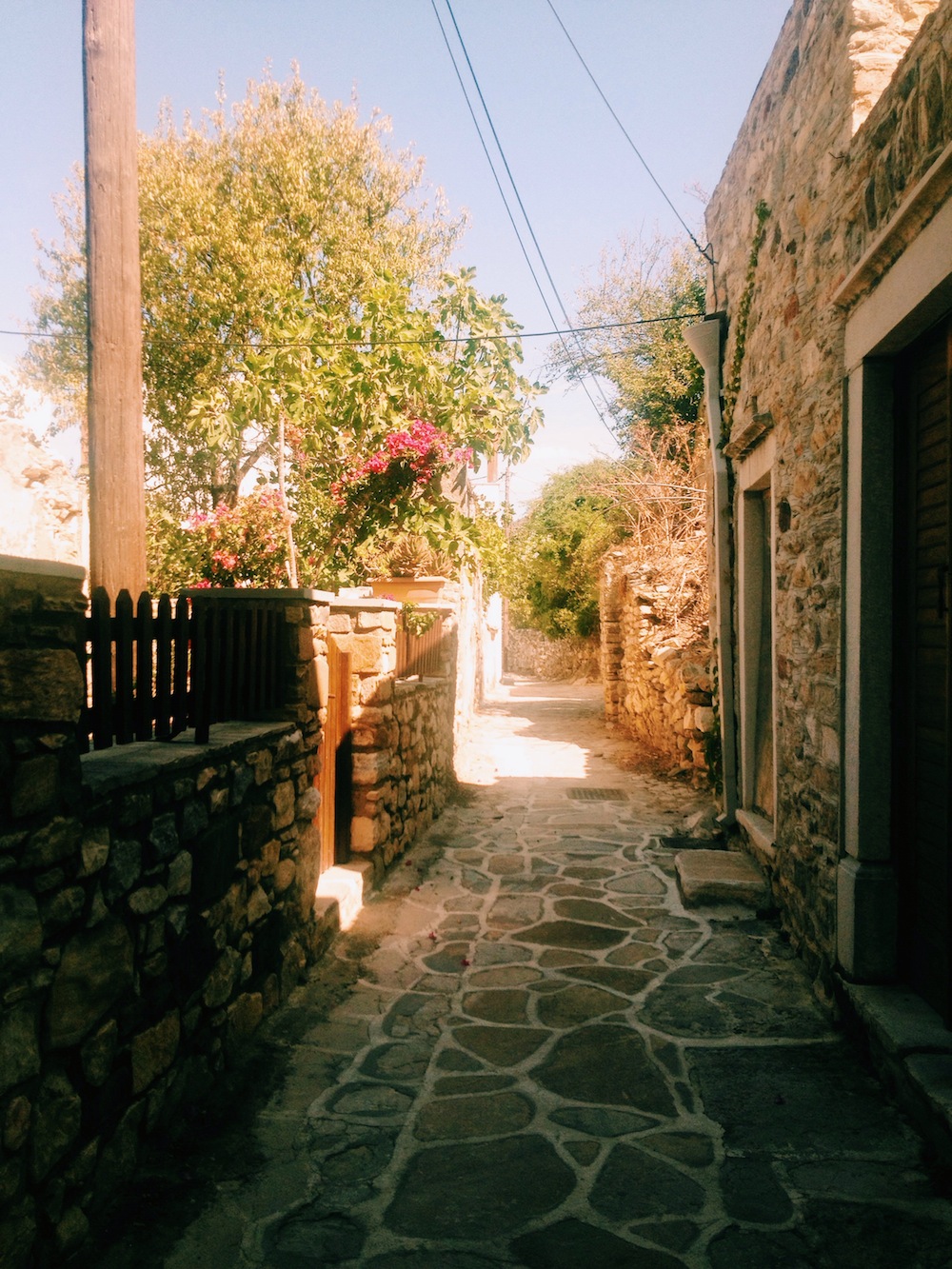
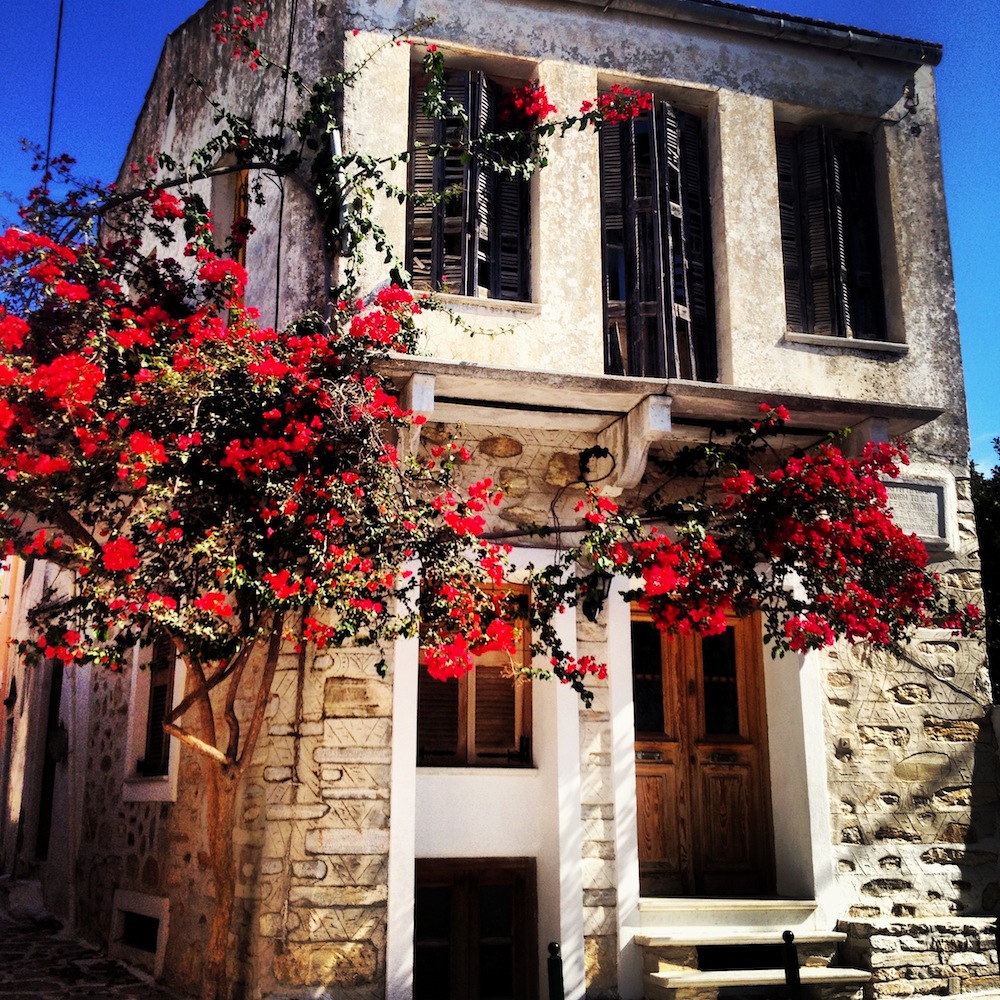
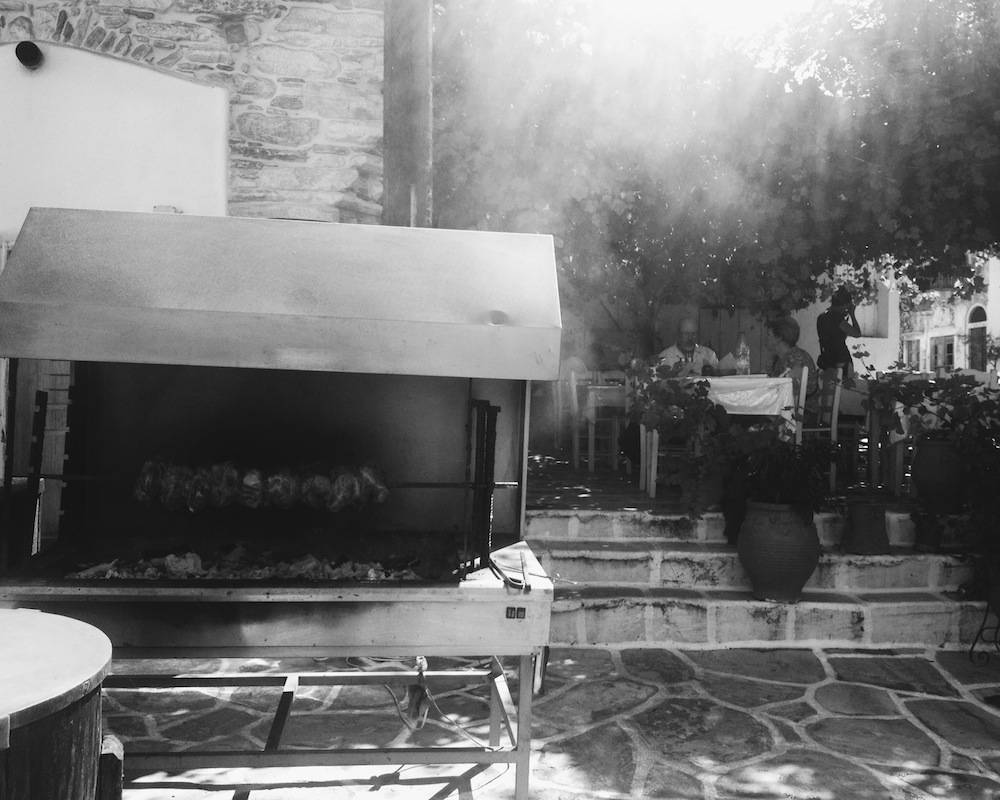
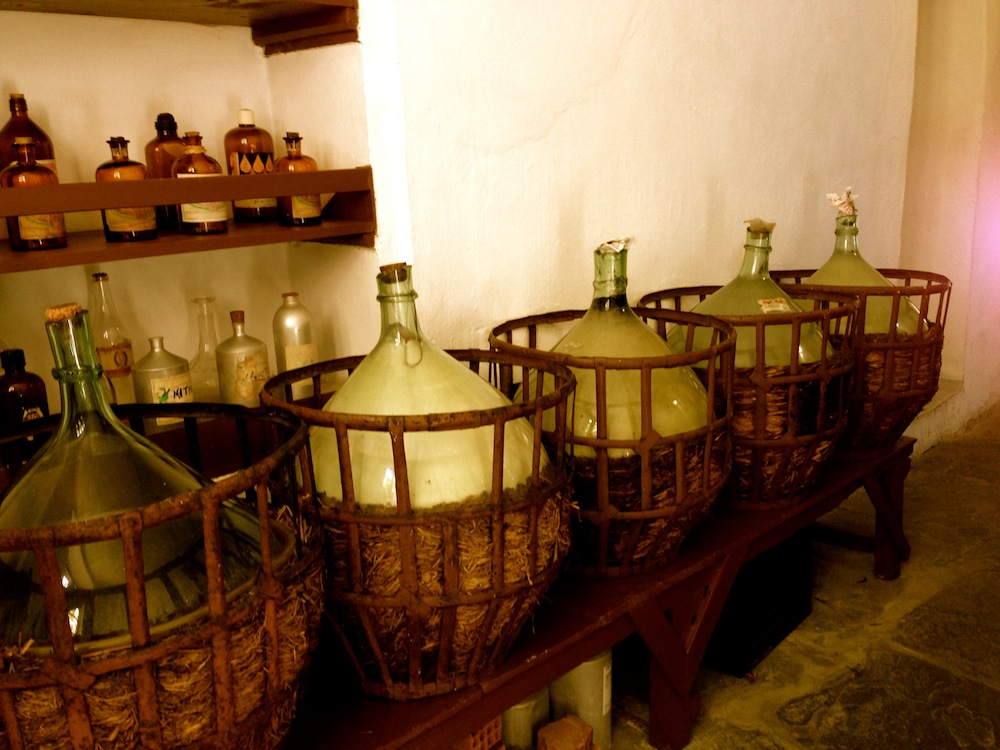
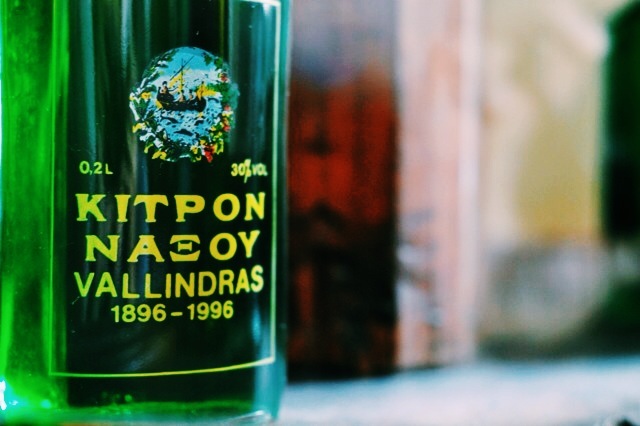
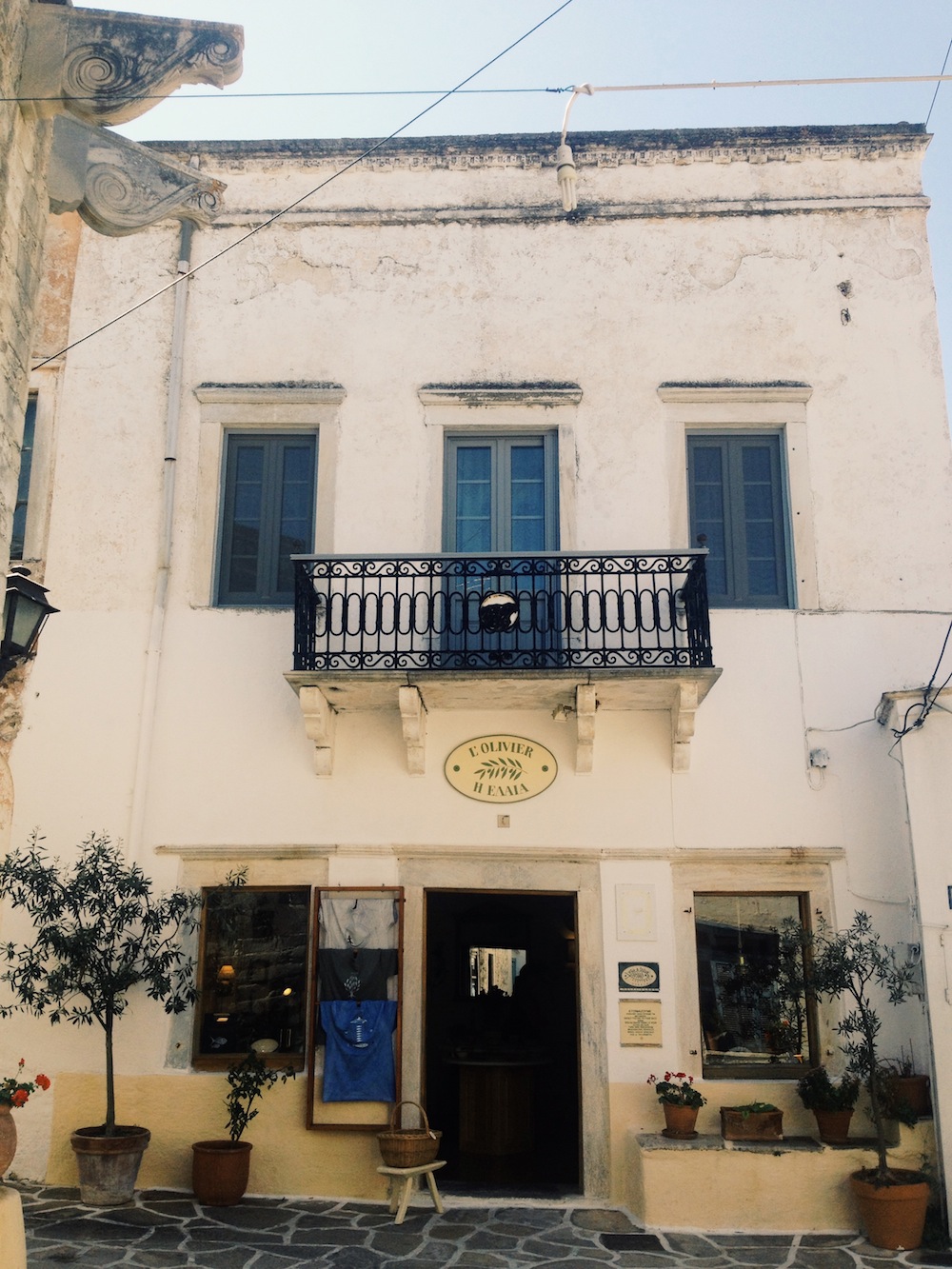

Halki sounds like such a lovely place! Great post, thanks for sharing.
Happy travels 🙂
Miss Guese: pretty good description you made. I felt transported to Halki, hoping some day to be there. Keep on taking us to interesting places (described by you).
Halki sounds like a place that would provide an amazing experience. The pictures that you have captured are very beautiful.
Such an interesting place! I like the way you have presented it. Pictures are amazing. I am intrigued to visit it.